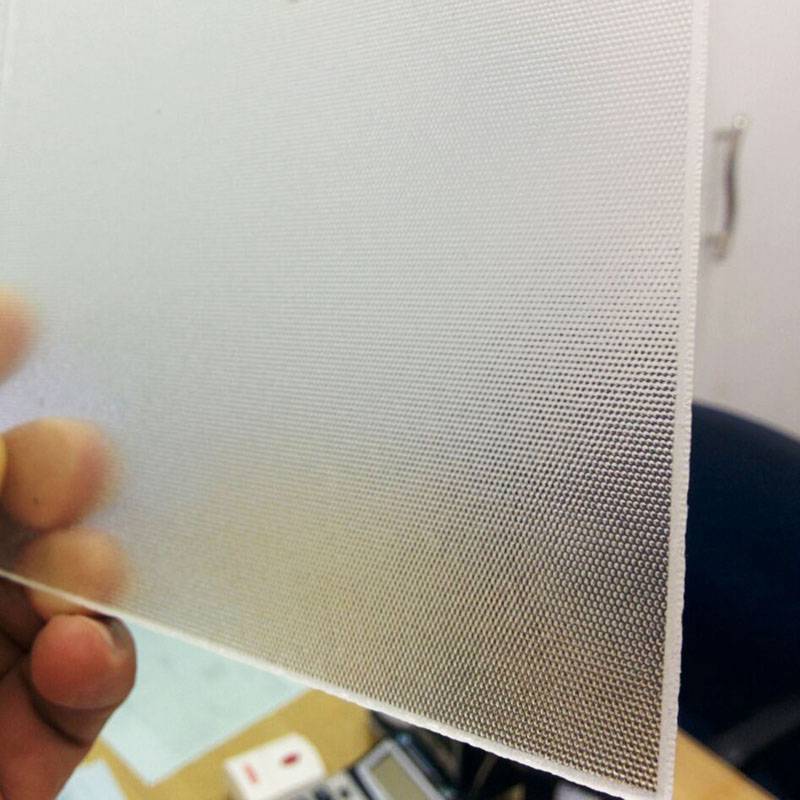The Significance of Infrared Reflective Glass in Modern Architecture
In recent years, the construction industry has seen a remarkable transformation due to advancements in materials science and technology. One of the most innovative developments is the introduction of infrared reflective glass, a type of glazing that is gaining popularity for its energy-efficient and aesthetic qualities. As sustainability becomes a key concern in architectural design, infrared reflective glass has emerged as a practical solution for mitigating energy consumption while enhancing the architectural beauty of buildings.
The Significance of Infrared Reflective Glass in Modern Architecture
One of the most compelling advantages of infrared reflective glass is its energy efficiency. Conventional windows can act as thermal conduits, allowing heat to enter buildings during hot weather and escape during colder months. This fluctuation in indoor temperatures typically leads to increased reliance on heating and cooling systems, which in turn raises energy costs and contributes to higher greenhouse gas emissions. However, by utilizing infrared reflective glass, architects can minimize the load on HVAC systems, resulting in reduced energy consumption and lower operational costs. This makes infrared reflective glass an attractive option for commercial buildings, residential homes, and even skyscrapers, where energy efficiency is paramount.
ir reflective glass
Moreover, the aesthetic versatility of infrared reflective glass further elevates its appeal in architectural applications. Available in various tints and finishes, this glass can complement a wide range of design styles—from sleek modern skyscrapers to classic historical buildings. Its reflective surface can create stunning visual effects, especially in urban settings where the interplay of light and reflections enhances the overall cityscape. Architects and designers are increasingly recognizing the aesthetic value of infrared reflective glass, incorporating it into their projects to create buildings that are not only functional but also visually striking.
In addition to energy efficiency and aesthetic benefits, infrared reflective glass also contributes to environmental sustainability. By lowering energy consumption, buildings with this type of glazing help reduce carbon footprints significantly. This aligns with global efforts to combat climate change and promotes sustainable building practices. Furthermore, the durability of infrared reflective glass means it can have a long lifespan, which is another contributing factor to reducing overall resource consumption.
However, it is essential to acknowledge the challenges associated with using infrared reflective glass. While it offers significant benefits, its initial installation cost can be higher than that of traditional glazing options. Additionally, the reflective nature of the glass may pose considerations for surrounding environments, such as potential glare for pedestrians or wildlife. Architects and builders must take these factors into account during the design and planning phases to ensure a balanced approach to sustainability and community impact.
In conclusion, infrared reflective glass represents a significant advancement in building technologies that combine energy efficiency, aesthetic appeal, and environmental sustainability. As architects and designers continue to explore innovative solutions for modern challenges, the role of advanced materials like infrared reflective glass will only become more prominent. By embracing such innovations, the construction industry can contribute to a more sustainable future while shaping the built environment into a reflection of contemporary design principles.
 Afrikaans
Afrikaans  Albanian
Albanian  Amharic
Amharic  Arabic
Arabic  Armenian
Armenian  Azerbaijani
Azerbaijani  Basque
Basque  Belarusian
Belarusian  Bengali
Bengali  Bosnian
Bosnian  Bulgarian
Bulgarian  Catalan
Catalan  Cebuano
Cebuano  Corsican
Corsican  Croatian
Croatian  Czech
Czech  Danish
Danish  Dutch
Dutch  English
English  Esperanto
Esperanto  Estonian
Estonian  Finnish
Finnish  French
French  Frisian
Frisian  Galician
Galician  Georgian
Georgian  German
German  Greek
Greek  Gujarati
Gujarati  Haitian Creole
Haitian Creole  hausa
hausa  hawaiian
hawaiian  Hebrew
Hebrew  Hindi
Hindi  Miao
Miao  Hungarian
Hungarian  Icelandic
Icelandic  igbo
igbo  Indonesian
Indonesian  irish
irish  Italian
Italian  Japanese
Japanese  Javanese
Javanese  Kannada
Kannada  kazakh
kazakh  Khmer
Khmer  Rwandese
Rwandese  Korean
Korean  Kurdish
Kurdish  Kyrgyz
Kyrgyz  Lao
Lao  Latin
Latin  Latvian
Latvian  Lithuanian
Lithuanian  Luxembourgish
Luxembourgish  Macedonian
Macedonian  Malgashi
Malgashi  Malay
Malay  Malayalam
Malayalam  Maltese
Maltese  Maori
Maori  Marathi
Marathi  Mongolian
Mongolian  Myanmar
Myanmar  Nepali
Nepali  Norwegian
Norwegian  Norwegian
Norwegian  Occitan
Occitan  Pashto
Pashto  Persian
Persian  Polish
Polish  Portuguese
Portuguese  Punjabi
Punjabi  Romanian
Romanian  Russian
Russian  Samoan
Samoan  Scottish Gaelic
Scottish Gaelic  Serbian
Serbian  Sesotho
Sesotho  Shona
Shona  Sindhi
Sindhi  Sinhala
Sinhala  Slovak
Slovak  Slovenian
Slovenian  Somali
Somali  Spanish
Spanish  Sundanese
Sundanese  Swahili
Swahili  Swedish
Swedish  Tagalog
Tagalog  Tajik
Tajik  Tamil
Tamil  Tatar
Tatar  Telugu
Telugu  Thai
Thai  Turkish
Turkish  Turkmen
Turkmen  Ukrainian
Ukrainian  Urdu
Urdu  Uighur
Uighur  Uzbek
Uzbek  Vietnamese
Vietnamese  Welsh
Welsh  Bantu
Bantu  Yiddish
Yiddish  Yoruba
Yoruba  Zulu
Zulu 

